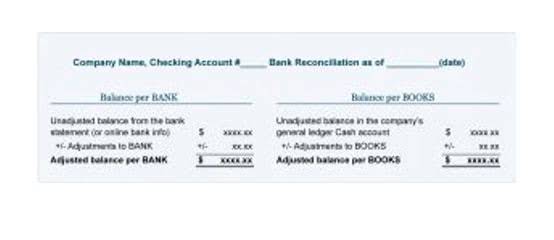
Incorporate qualitative perspectives and industry insights to ensure a comprehensive understanding. Cross-functional team input can also provide different viewpoints, enriching the analysis process. Additionally, variance analysis plays a key role in the sustainability of a company’s portfolio. The shifts in market trends, changes in customer preferences towards sustainable products, or policy changes promoting sustainable practices can lead to variances in projected and actual outcomes of projects. By conducting frequent variance analysis, organizations may anticipate such fluctuations, adjust their budgets accordingly, and maintain the sustainability of their investments. Finally, strategies based on the insights from the variance analysis are implemented, and its effects are closely monitored.
- Variance Analysis, in managerial accounting, refers to the investigation of deviations in financial performance from the standards defined in organizational budgets.
- Management should address why the actual labor price is a dollar higher than the standard and why 1,000 more hours are required for production.
- This approach ensures that recurring small variances do not go unnoticed and can help in proactive problem-solving.
- Over 1.8 million professionals use CFI to learn accounting, financial analysis, modeling and more.
- For example, if a variance is caused by unexpected expenses, management may decide to reduce expenses or explore cost-saving measures.
- Incorrect or incomplete data can lead to inaccurate results, making it hard to take appropriate action or make reliable decisions.
In the short term, it might be more economical to repair the outdated equipment, but in the long term, purchasing more efficient equipment would help the business reach its goal of eco-friendly manufacturing. A manager needs to be cognisant of their organisation’s goals when making decisions based on variance analysis. It can be a game-changing factor to give you a competitive advantage, improve your enterprise’s financial stability, and help you make data-driven decisions that can help them thrive in the long run. Materials, labor, and variable overhead variances include price/rate variances and efficiency and quantity variances.
Improving Operational Efficiency
If the budgeted number of units differs from actual production, both material cost and labor cost are impacted. For this example, assume that the number of gloves actually produced matches the budget. Incorrect or incomplete data can lead to inaccurate results, making it hard to take appropriate action or make reliable decisions.
With this article, we hope that, at the very least, we can start a larger discussion about the need for cross-disciplinary teaching of variance analysis. However, obtaining actual figures for a variance is why would you perform a variance analysis on a companys income statement? only the first step – contextual analysis is crucial for gaining actionable insights. Sometimes, little attention is paid to small variances, which might accumulate over time and create significant issues.
Variance Analysis Definition
Everyone from business leaders, owners, analysts to investors use the income statement to gain a full picture of the company’s operational outcome. A good analysis of your income statement can reveal a great deal about your business. The real value of the budget vs. actual variance analysis comes from the resulting actions. The report should highlight areas that need attention—cost blocks with significant variations or KPIs not on target—and the team should define how to address those areas.

Accountants create income statements using trial balances from any two points in time. Let’s take the previously given example along with statements from a few other months to do a horizontal analysis.We will be tracking the revenue growth (or decline) across this time period. Horizontal analysis compares the changes in each line item across different periods (year-over-year or month-over-month). This is unlike vertical analysis where each line item is given as a percentage of the base figure (revenue) during the current period. It is used in comparing monetary amounts as well as percentages however, the analysis takes place over multiple reporting periods which is the key difference. Furthermore, it helps you determine how each account affects the company’s overall profitability in terms of their relationship to each other.
Tips and recommendations for analyzing budget vs. actual
Volume variances are differences between actual fixed overhead costs applied and budget fixed overhead costs. Meanwhile, budget variances indicate the differences between actual and budgeted amounts. Perhaps one of the most valuable aspects of variance analysis is its contribution to identifying areas where actual performance deviates from budgeted expectations.
This can occur when the standards are improperly established, causing significant differences between actual and standard numbers. Outdoor paid less per hour for direct labor than budgeted ($21.50 vs. $25), which generates a favorable variance. The overhead variance is favorable, because the actual overhead rate is less than budgeted ($2.75 vs. $3.00). Managers can think of the budget as a benchmark that the company wants to achieve, and it’s not surprising that there are fluctuations between budgeted and actual results.








